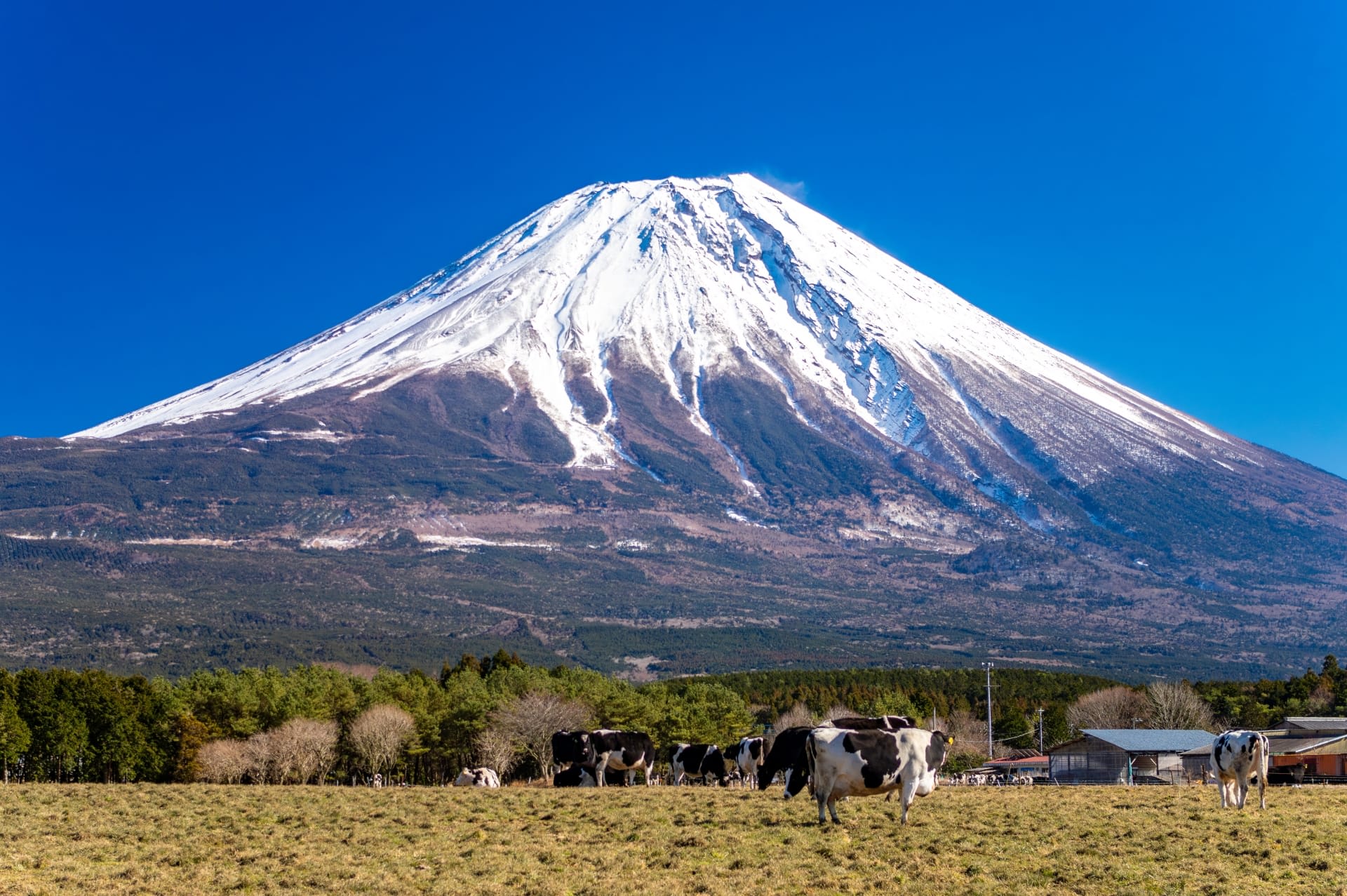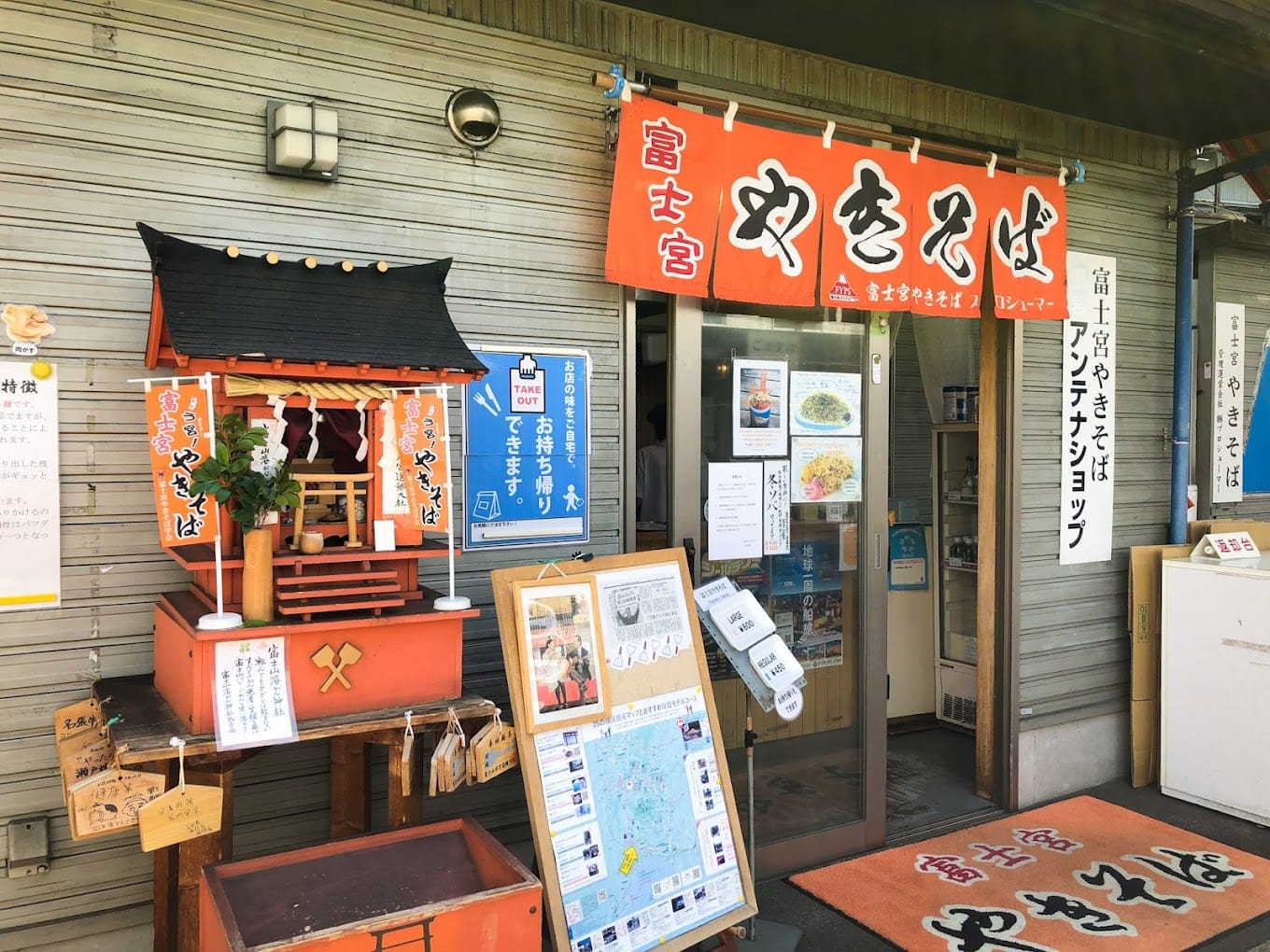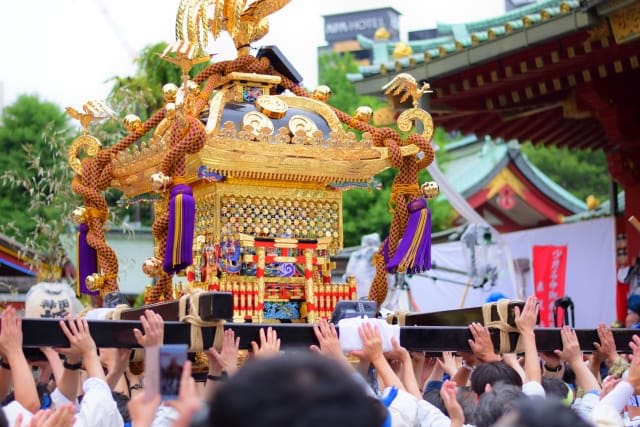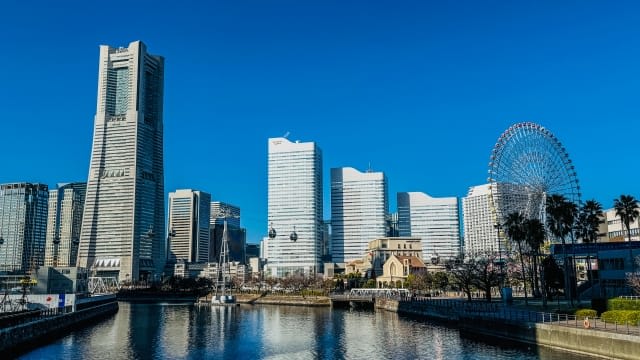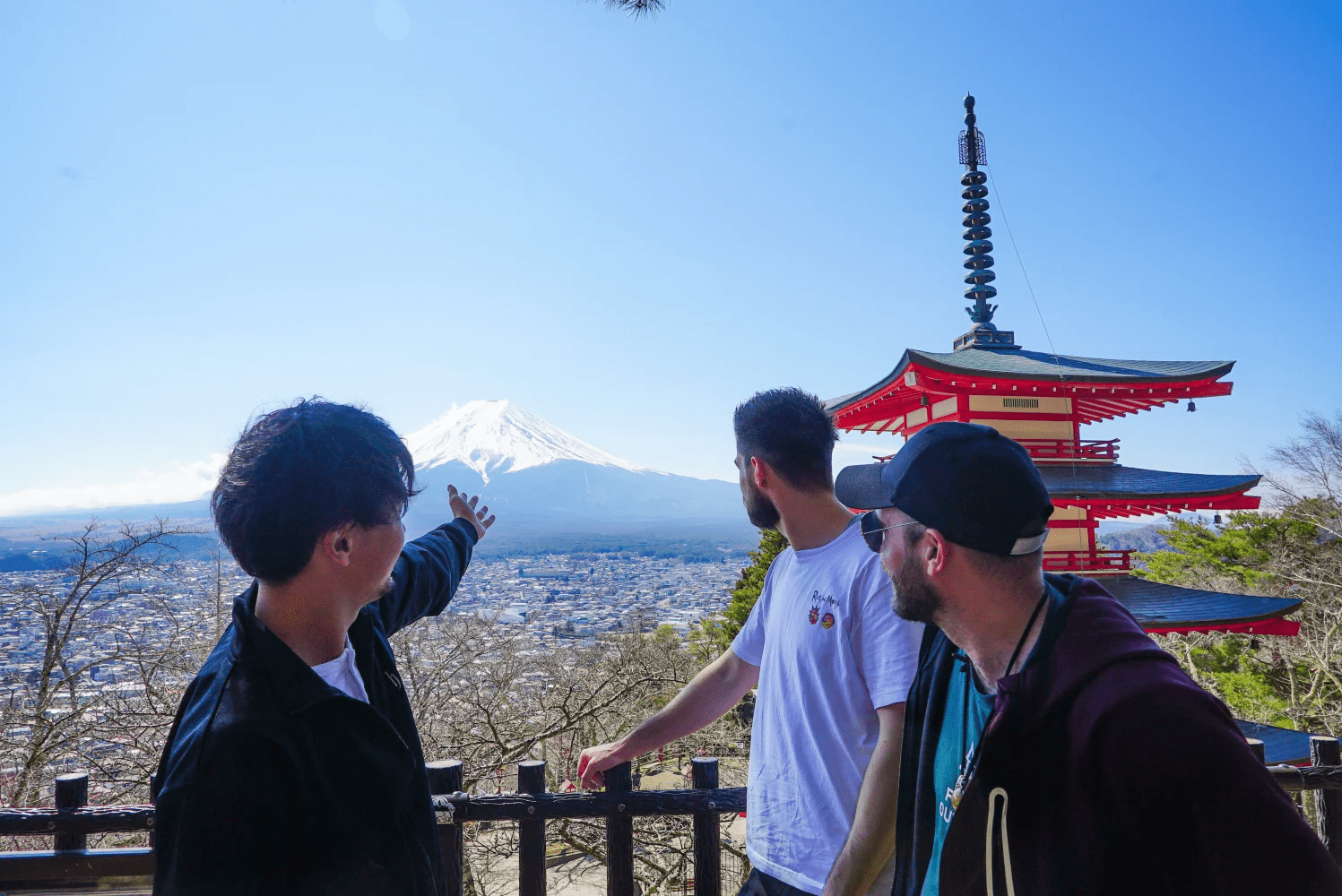Sightseeing Spots in Fujinomiya: A Comprehensive Guide for International Tourists
Mount Fuji, a symbol of Japan, attracts countless tourists who visit Japan specifically to witness its majestic presence. However, given Mount Fuji's massive size and the numerous tourist attractions scattered around its vicinity, we've created this guide to help you explore the Mount Fuji area efficiently.
Additionally, Magical Trip, which won the #1 spot for all tours on Tripadvisor in 2024, has recently launched the Mount Fuji tours.

The "Mt. Fuji Full-day Nature Guided Tour with a Private Chartered Car & Guide" offers a stress-free experience exploring the Mount Fuji area, complete with private car transportation from Tokyo.
Even if you have limited time to explore the Mount Fuji region, this tour allows you to visit all the must-see spots with detailed guidance from your tour guide.
If you're interested in efficiently experiencing the essential locations while gaining deep insights from a knowledgeable local guide who knows the area inside and out, we highly recommend joining the "Mt. Fuji Full-day Nature Guided Tour with a Private Chartered Car & Guide."
We hope you'll have a wonderful time experiencing everything Mt.Fuji has to offer by joining a Magical Trip tour!
Introduction
Fujinomiya, sprawling at the foot of Mount Fuji, is a captivating tourist destination where Japan's nature and culture blend. From my decade-long experience visiting the Mount Fuji area, I can say that Fujinomiya is not just a passing point, but a place worth experiencing deeply.
From the majestic views of Mount Fuji, a World Heritage site, to pure spring water, historic shrines, and local flavors, Fujinomiya is packed with surprisingly diverse attractions. The grandeur of Shiraito Falls and the beauty of the inverted reflection of Mount Fuji in Lake Tanuki never fail to move my heart, no matter how many times I see them.
Certainly, during peak tourist seasons, crowds are unavoidable, and English support may not be sufficient in some places. However, these minor inconveniences are insignificant compared to the authentic Japanese experience that Fujinomiya offers.
In this article, I will explain in detail the sightseeing spots you should visit in Fujinomiya and answer common questions.
Table of Contents
・What Makes Fujinomiya Attractive?
・Sightseeing Spots You Should Visit in Fujinomiya
・Frequently Asked Questions
What Makes Fujinomiya Attractive?
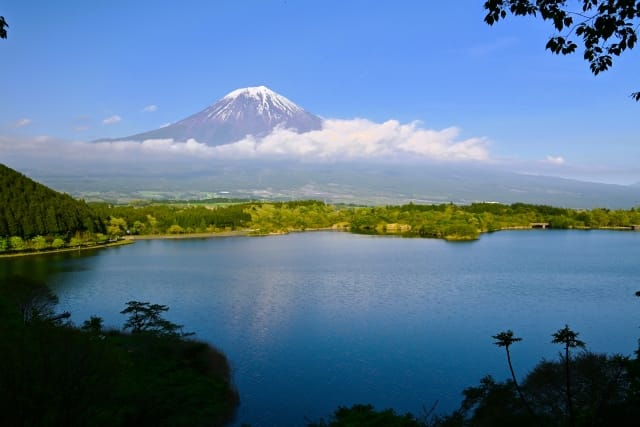
The charm of Fujinomiya lies in its rich nature, deep history, and unique food culture. This diverse appeal is precisely why I have been visiting for 10 years.
Located at the foot of Mount Fuji, Fujinomiya is one of the places where you can feel closest to Mount Fuji, the symbol of Japan. On clear days, you can see the majestic figure of Mount Fuji from anywhere, and the view is breathtakingly beautiful. Being able to enjoy the changing expressions of Mount Fuji throughout the four seasons is a privilege unique to Fujinomiya.
The historical aspect is also a major attraction of Fujinomiya. Historic shrines and cultural properties, including Sengen Taisha, are scattered throughout, allowing you to tangibly feel the history of Japanese traditional culture and Mount Fuji worship. Visiting these places will give you a deep understanding of Japanese spirituality and the idea of coexistence with nature.
And food culture is an essential part of Fujinomiya's charm. Particularly, Fujinomiya Yakisoba is famous nationwide as a representative of B-grade gourmet. It's loved by locals and popular among tourists, and I find myself eating it every time I visit because of its addictive quality.
In this way, Fujinomiya is a place where you can experience the condensed charm of Japan through nature, history, culture, and food. For foreign tourists, it's an ideal sightseeing spot where you can enjoy diverse aspects of Japan at once.
Sightseeing Spots You Should Visit in Fujinomiya
Fujinomiya has various attractive sightseeing spots, from natural scenic views to historical buildings and delicious gourmet spots. Here, I'll introduce places you absolutely must visit, carefully selected from my 10 years of experience.
Fujisan Hongu Sengen Taisha Shrine
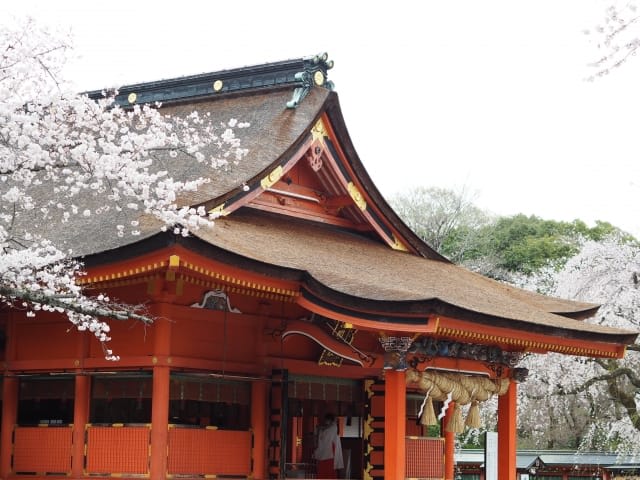
Fujisan Hongu Sengen Taisha Shrine is a must-see spot for anyone visiting Fujinomiya. I visit this shrine every year without fail, and every time I encounter its solemn atmosphere, I can't help but feel the depth of Japanese spirituality.
This shrine has a long history as the center of Mount Fuji worship and is a representative shrine of Shizuoka Prefecture.
Within the shrine grounds, there's a beautiful spring pond called Wakutama Pond, where pure water gushes out. Walking around this pond gives you a refreshing feeling as if your heart is being cleansed. I especially recommend visiting in the morning when you can experience a sacred atmosphere in the silence.
One of the reasons many tourists visit this shrine is to pray for safety before climbing Mount Fuji. During the climbing season, you can see climbers from all over the world praying for a safe climb. I always pray for safety here before climbing Mount Fuji, and each time I feel a sense of resolve.
The shrine's charms and goshuin (shrine stamps) are also popular among foreign tourists. The charms with unique designs featuring Mount Fuji make great Japanese souvenirs. Also, getting a goshuin stamp in your goshuincho (stamp book) is a valuable opportunity to experience traditional Japanese culture.
Website: http://fuji-hongu.or.jp/sengen/english/index.html
Shiraito Falls
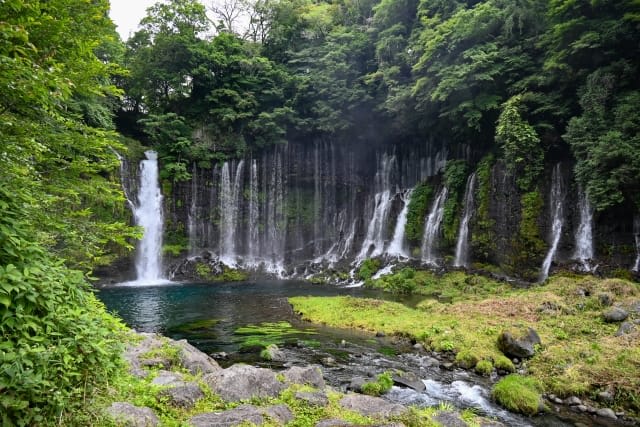
Shiraito Falls is an absolute must-see natural scenic spot when visiting Fujinomiya. I still can't forget the excitement I felt when I first saw this waterfall. Its overwhelming beauty and power captivate my heart every time I visit.
Shiraito Falls, with its vast scale of 20 meters in height and 150 meters in width, is characterized by countless thin, thread-like streams of water sliding down the rock face, true to its name which means "white threads."
Shiraito Falls was registered as part of the World Cultural Heritage "Mount Fuji" in 2013. This indicates that this waterfall is not just a beautiful natural phenomenon, but an important element constituting the cultural value of Mount Fuji. This waterfall, created by the underground water of Mount Fuji over many years, can truly be called a work of art by nature.
From the walkway maintained near the waterfall basin, you can enjoy a powerful view. You can directly experience the strength of nature while feeling the water spray on your skin. Every time I visit, I take deep breaths in this area, forgetting the hustle and bustle of daily life and refreshing myself.
When visiting Shiraito Falls, I recommend wearing comfortable shoes. While the walkway is well-maintained, it can be wet from water spray, so non-slip shoes are safer. Also, while it's cool in summer, it gets cold in winter, so don't forget to prepare for the cold.
Lake Tanuki
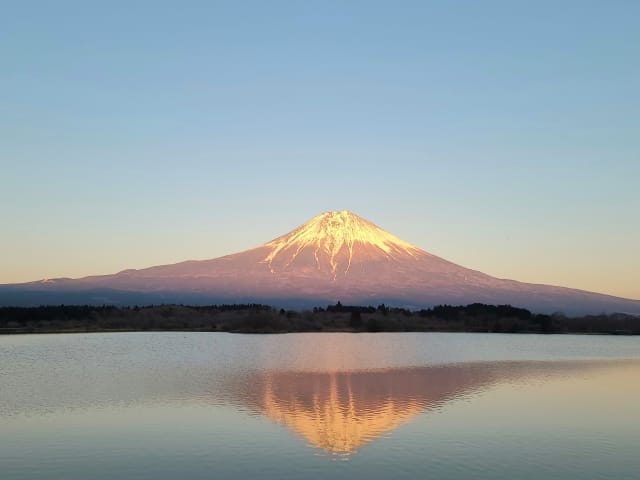
Lake Tanuki is famous as a scenic spot for Mount Fuji, but for me, it's also a place with special memories. I was captivated by the beauty of Lake Tanuki when I first visited Fujinomiya 10 years ago, and I've been visiting every year since then.
The main attraction of this lake is the magnificent view of the inverted reflection of Mount Fuji. The image of Mount Fuji reflected on the lake surface is as beautiful as if mirrored, captivating many photography enthusiasts. Especially the view of Mount Fuji during sunrise or sunset is indescribably moving. I've woken up early many times to visit Lake Tanuki to see this spectacular view, and each time I feel a fresh excitement.
The charm of Lake Tanuki doesn't end there. A campsite is set up along the lakeshore where you can spend time leisurely in nature. I've enjoyed camping here several times, and the night spent under the starry sky gazing at Mount Fuji is exceptional. The beauty of the starry sky seen from the foot of Mount Fuji is something you can never experience in the city.
In summer, you can enjoy activities like boating and fishing. The experience of rowing a boat on the lake while gazing at Mount Fuji is truly special, allowing you to feel "Japan."
When visiting Lake Tanuki, I recommend checking the weather forecast carefully. You won't be able to see Mount Fuji on a cloudy day. Also, don't forget to prepare for cold weather as it often gets chilly in the morning and evening.
Asagiri Plateau
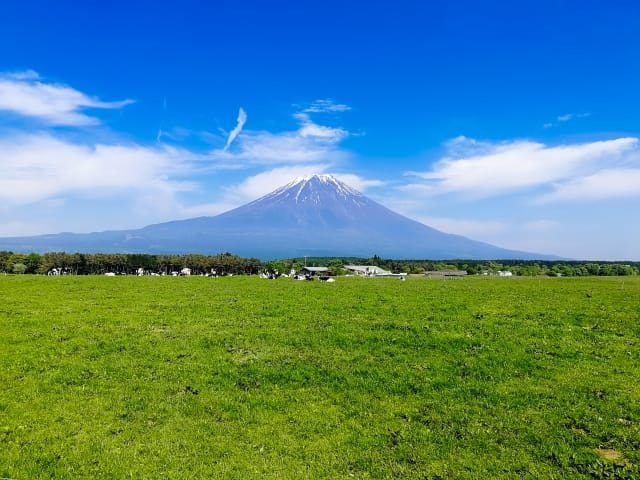
Asagiri Plateau is a vast highland area with Mount Fuji in the background, and it's a special place I always visit whenever I come to Fujinomiya. The charm of this plateau lies in its different expressions each season.
From spring to summer, lush green pastures spread out, offering a peaceful landscape. The sight of cows and sheep grazing is like a European pastoral scene. What I particularly like is the landscape of the plateau wrapped in morning mist. If you visit early in the morning, you can see the moment Mount Fuji emerges from the fog, and this mystical sight is unforgettable.
There are several farms on Asagiri Plateau where you can enjoy interacting with animals. Also, the fresh milk and soft-serve ice cream made at the farms are exquisite. Especially, the rich soft-serve ice cream eaten while gazing at Mount Fuji has an exceptional taste, and I look forward to it every time I visit.
In autumn, Asagiri Plateau shows a different face. The sight of Japanese pampas grass covering the entire area is breathtaking, and the contrast between the golden-shining pampas grass and the blue Mount Fuji is truly spectacular. If you visit at dusk, you can enjoy a fantastical landscape where the pampas grass field is dyed red by the setting sun.
Fujinomiya Yakisoba Academic Society Antenna Shop
Source: Google Map
The Fujinomiya Yakisoba Academic Society Antenna Shop is an unmissable gourmet spot for tourists visiting Fujinomiya. I always make sure to stop by every time I come to Fujinomiya and enjoy its unique flavor.
Fujinomiya Yakisoba is a local dish that has become nationally famous as a local B-grade gourmet. Unlike general yakisoba, Fujinomiya Yakisoba is characterized by noodles with a firm texture.
Also, a significant feature is the use of "nikukasu" (pork fat crisps), which is not commonly used in regular yakisoba. This nikukasu adds a unique savory aroma and umami. Furthermore, the sauce used as a finishing touch is also characteristic.
At the Fujinomiya Yakisoba Academic Society Antenna Shop, you can taste this authentic Fujinomiya Yakisoba. The good thing about this shop is that it's located in a "yokocho" (alley) where you can eat while walking around or get takeout menus. It's a recommended spot where you can enjoy various local gourmet foods at once.
Frequently Asked Questions
I'll answer common questions from tourists visiting Fujinomiya. Having visited Fujinomiya for 10 years, I've gained various experiences, so I'd like to share practical information based on these experiences.
Is English Understood in Fujinomiya?
To be honest, English support in Fujinomiya is not sufficient.
At major tourist spots and large hotels, some level of English support is available. Also, some restaurants have English menus. Especially at restaurants catering to tourists, many have menus with pictures, making it easy to order even if you can't communicate verbally.
However, at small local shops and places a bit away from tourist areas, there's almost no English support.
Therefore, I recommend using translation apps on your smartphone to prepare for situations where English isn't understood. It's a good idea to download apps like Google Translate or iTranslate in advance, as they can be used offline. Next, try to memorize some basic Japanese phrases. Learning simple Japanese words like "konnichiwa" (hello), "arigatou" (thank you), and "oishii" (delicious) can make communication with locals smoother.
Also, when words fail, you can often communicate by showing pictures or using gestures. Furthermore, preparing a note with the names and addresses of places you want to visit written in Japanese can be helpful when asking for directions. If possible, traveling with a guide or friend who speaks Japanese can lead to a deeper experience.
Is It Possible to Climb Mount Fuji from Fujinomiya?
Yes, it's absolutely possible to climb Mount Fuji from Fujinomiya. In fact, the Fujinomiya Trail is one of the main climbing routes of Mount Fuji, used by many climbers. I've climbed from the Fujinomiya Trail several times myself, and it has some characteristics compared to other routes.
The main feature of the Fujinomiya Trail is that it's the shortest route to the summit. However, because it's short, the gradient is steeper. Some people might find it physically more challenging than other routes.
The official climbing season for Mount Fuji is from July to early September. During this period, mountain huts are open, allowing you to enjoy climbing safely. However, I recommend climbing on weekdays to avoid crowds.
For preparation before climbing, building up physical strength is important. Climbing Mount Fuji uses more energy than you might imagine, so I recommend training in advance. In terms of equipment, don't forget to prepare necessities such as cold weather gear, rain gear, headlamps, water, and food. Rentals are available, but I recommend making reservations in advance.
Many climbers start their ascent after praying for safety at Fujisan Hongu Sengen Taisha Shrine. I also always pray before climbing. For first-time climbers or those who feel anxious, using a guided tour might be a good option.
Where Can I Eat Fujinomiya Yakisoba?
You can enjoy Fujinomiya Yakisoba in many places within Fujinomiya City. Every time I visit Fujinomiya, I try it at various shops, and it's fun because each shop has its own character.
First, the Fujinomiya Yakisoba Academic Society Antenna Shop, which I introduced in detail earlier, is a representative place where you can enjoy the authentic taste of Fujinomiya Yakisoba. It's recommended for first-timers as you can also learn about the history and culture of Fujinomiya Yakisoba.
There are many restaurants in the city that serve Fujinomiya Yakisoba. At shops popular among locals, you can enjoy yakisoba with unique arrangements.
Moreover, at festivals and events held in Fujinomiya City, you'll almost certainly find food stalls selling Fujinomiya Yakisoba.
When enjoying Fujinomiya Yakisoba, I recommend trying it at multiple shops. Even though it's all Fujinomiya Yakisoba, the taste and texture differ slightly from shop to shop, and enjoying these differences is one of the pleasures of a trip to Fujinomiya.
Is Fujinomiya Enjoyable for Families with Children?
Yes, Fujinomiya is a tourist destination that can be thoroughly enjoyed by families with children. With its rich natural environment and various experiential facilities, there are many places that stimulate children's curiosity.
First, at the farms on Asagiri Plateau, there are many opportunities for children to interact with animals. They can see animals like cows and sheep up close.
During summer, activities at Lake Tanuki are recommended. You can enjoy boating on the lake or fishing. There's also a walking path along the lake where families can enjoy a leisurely stroll. Additionally, there's a campsite, making it possible to experience staying in nature.
Shiraito Falls is also popular with children. The impressive view of the waterfall will leave a strong impression on children's hearts. The walkway is well-maintained, allowing for safe viewing.
There are also many restaurants where families can enjoy local gourmet food together. Especially Fujinomiya Yakisoba is popular with children.
Fujinomiya is a wonderful tourist destination where children's curiosity is stimulated and families can create memorable experiences together. It's a place where you can experience the charms of Japan from various aspects including nature, culture, and food, so I highly recommend visiting with your family.
Fujinomiya is an attractive tourist destination spread at the foot of the majestic Mount Fuji. From my experience of visiting for 10 years, I can say that there are always new discoveries here, and it never gets boring no matter how many times you visit.
I hope you'll visit Fujinomiya and enjoy the unique experiences this place offers. And at the foot of Mount Fuji, feel the harmony of Japanese nature and culture firsthand. I'm sure it will become a special journey that will remain in your heart!
